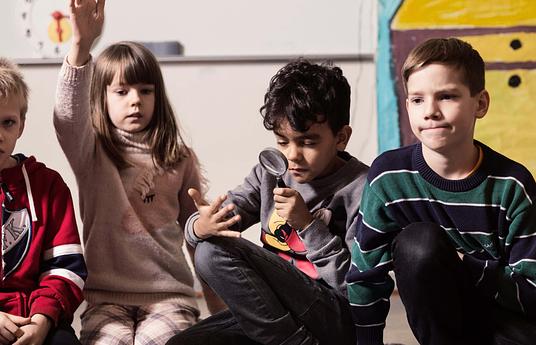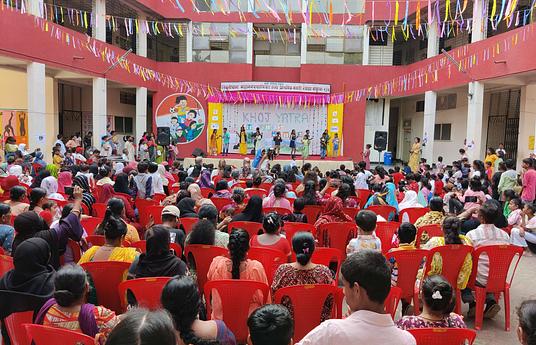Youth Work at Schools strides to support youth development at different stages of young people's lives. The ultimate goal is to give young people the feeling that they are not alone and that support is available to help them through whatever difficulties they are experiencing. Youth wellbeing is best supported when schools and youth work professionals work together towards a common goal.
Youth work aims to support youth development in various ways. While regular youth work is mostly conducted during young people's leisure time, Youth Work at Schools supports youth development at school. This regular youth work can be seen in youth spaces or various youth clubs.
This model aims to usher young people into active citizenship and simultaneously to increase wellbeing. Three approaches are crucial in achieving these goals:
-
Fostering a sense of community.
-
Improving participation, motivating and activating the students.
-
Preventative work and early intervention.
Youth Work at Schools translates these approaches into practical methods you may employ at your school.
The school and department of youth work will define and document their selected methods and goals in a shared plan. The purpose of the plan is to improve the collaboration between the main actors in the education field – that is the school and the youth services. The successful implementation of this innovation requires commitment from various actors, including the management.
Youth Work at Schools is based on a model originating from Rovaniemi where youth workers collaborate closely with the schools. Youth Work at Schools forms a section of the youth work conducted in the area. Therefore youth workers can be found in schools in addition to more traditional youth spaces.



